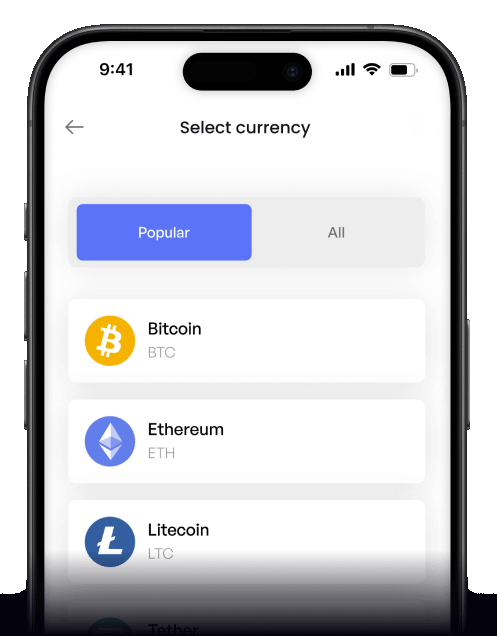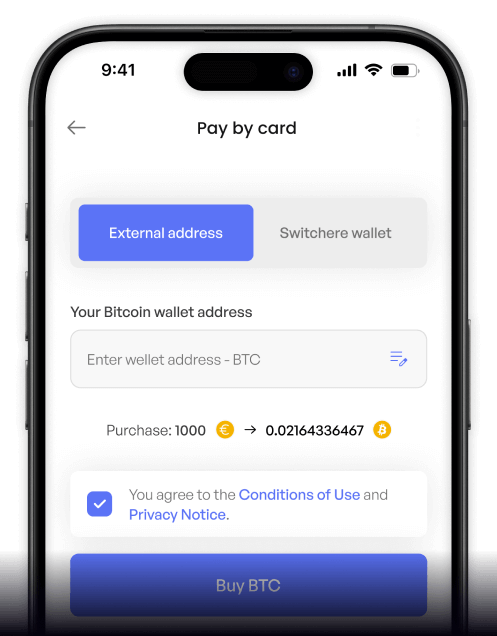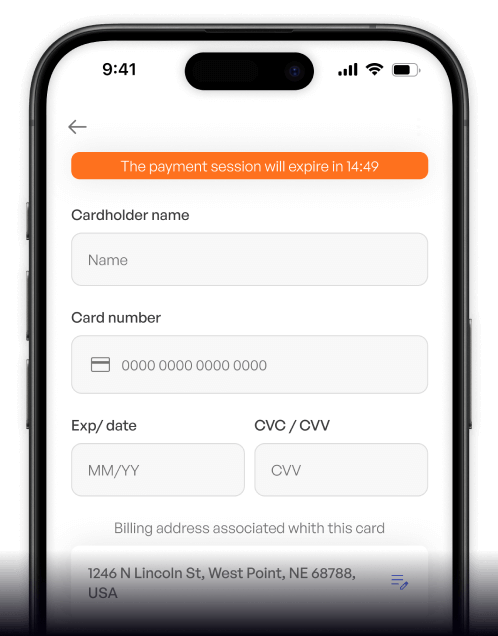Convert
Costa Rican Colon (CRC) to Avalanche (AVAX) Instantly
Purchase Avalanche (AVAX) with Costa Rican Colon (CRC) easily at Switchere and benefit from fast, secure transactions.
About
Avalanche (AVAX)
Avalanche (AVAX) emerges as a high-performance Layer 1 blockchain technology platform, meticulously engineered to address the critical scalability trilemma—achieving decentralization, security, and high throughput. Its primary purpose is to provide a robust and versatile foundation for decentralized applications (dApps) and custom blockchain deployments, known as subnets. This decentralized network utilizes the innovative Avalanche consensus protocol, a family of Snowball-influenced mechanisms, enabling near-instant transaction finality, typically under two seconds, distinguishing it within the competitive landscape of digital asset platforms. The platform's architecture fosters a flourishing ecosystem for complex smart contracts and diverse Web3 infrastructure.
The core architecture of Avalanche is uniquely structured around three distinct yet interoperable chains: the Exchange Chain (X-Chain) for creating and managing digital assets, the Platform Chain (P-Chain) for coordinating validators, tracking active subnets, and enabling new subnet creation, and the Contract Chain (C-Chain) for executing Ethereum Virtual Machine (EVM) compatible smart contracts. This multi-chain design facilitates a wide array of use cases, prominently including advanced DeFi applications, enterprise solutions, and blockchain-based gaming. The native utility token, AVAX, is integral to the ecosystem's tokenomics; it's used for paying transaction fees across the network, securing the platform through staking by validators, participating in on-chain governance decisions, and as a common unit of account among subnets. This positions Avalanche as a significant and adaptable infrastructure layer aiming to support a new generation of decentralized systems and digital ledgers.
How to Buy Avalanche (AVAX)
Popular Coins for Costa Rican Colon (CRC)
Other Coins for Costa Rican Colon (CRC)
Frequently asked questions
-
What is the best way to buy Avalanche (AVAX) using Costa Rican Colón (CRC)?
The most common method to purchase AVAX with CRC is through a peer-to-peer (P2P) platform or a global cryptocurrency exchange that supports Costa Rican payment methods. You would typically use a bank transfer or SINPE Móvil to send CRC to a seller or the exchange, who then releases the AVAX to your crypto wallet. Due to limited direct CRC/AVAX order books, this often involves a two-step process: buying a stablecoin like USDT first, then trading USDT for AVAX. -
What is Avalanche (AVAX) and why is it a significant digital asset?
Avalanche (AVAX) is the native token of the Avalanche network, a high-performance blockchain platform known for its rapid transaction finality and scalability. It utilizes a unique consensus protocol and a system of Subnets, allowing for the creation of custom, application-specific blockchains. Its C-Chain is EVM-compatible, making it a popular destination for DeFi applications and developers from the Ethereum ecosystem. -
Are there direct CRC/AVAX trading pairs on major exchanges?
Direct CRC/AVAX trading pairs are rare on major centralized exchanges due to lower liquidity for the Costa Rican Colón. The standard fiat on-ramp process involves converting CRC to a more liquid currency like USD or a stablecoin (e.g., USDT, USDC) first. You can then use that asset to trade for AVAX on an exchange's spot market, which offers deeper order books and better pricing. -
What should I consider regarding fees when converting CRC to AVAX?
When converting CRC to AVAX, you'll encounter several potential fees. These include bank transfer fees for moving your Colóns, exchange deposit fees, trading fees on the platform (typically a percentage of the trade value), and finally, the Avalanche network's gas fees for withdrawing the AVAX to your personal digital wallet. Always compare the fee structures of different P2P vendors or exchanges to optimize your digital asset purchase. -
How do I securely store my AVAX after purchasing it with CRC?
After your blockchain transaction is complete, it is crucial to move your AVAX off the exchange and into a secure digital wallet where you control the private keys. For Avalanche, you can use wallets that support the Avalanche C-Chain, such as MetaMask, or dedicated hardware wallets for maximum security. This practice protects your assets from exchange-related risks and gives you full control over your funds for staking or interacting with the Avalanche ecosystem.






